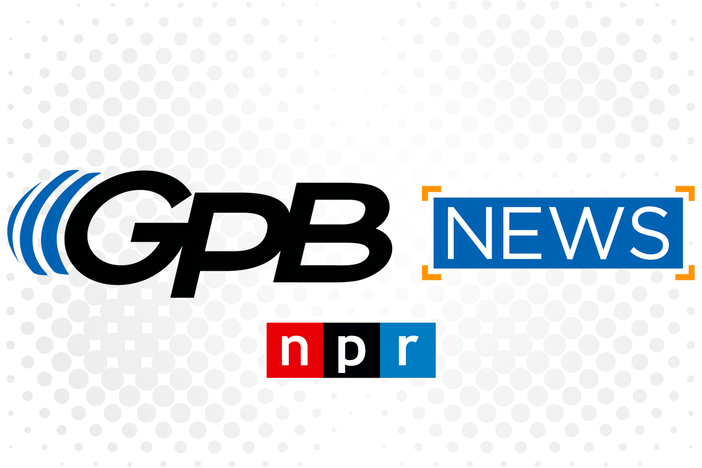Section Branding
Header Content
'Body Electric Challenge': Start the new year off with movement breaks
Primary Content
The challenge invites anyone who wants to join to inject prescribed doses of movement in their lives. Follow along with the series at npr.org/bodyelectric or on the Body Electric podcast feed.
Transcript
LEILA FADEL, BYLINE: Do the holidays feel like a distant memory already? Are you back to dealing with nonstop email or Slack messages? If you're hoping 2024 could be the year you put your health before your inbox, then listen closely. Manoush Zomorodi is the host of NPR's TED Radio Hour and a special series called Body Electric, which is all about how our bodies are adapting to our technology. Throughout the fall, she kept us updated on her reporting, but now she's back with something called the Body Electric Challenge. Hey, Manoush.
MANOUSH ZOMORODI, BYLINE: Hey, Leila.
FADEL: OK. So I'm ready. What's the challenge?
ZOMORODI: So you might recall, a few months back, we invited you and your listeners to join our study with Columbia University Medical Center to see if we could add prescribed doses of movement breaks into our lives. Over 20,000 people signed up, and for thousands of them, it made a huge difference in how they felt, both mentally and physically. These movement breaks work, and we learned a lot about what helped those listeners succeed.
So now we have taken those preliminary findings, we have added more reporting, and we've got a new invitation. Take the Body Electric Challenge. Do it as a two-week jump-start for a healthier year. Or if you were part of the study back in the fall, this is going to help keep you going.
FADEL: OK. So you say these movement breaks made a huge difference. Let's just remind people what we mean by a movement break. I mean, we're not talking 5-mile run here, are we?
ZOMORODI: No. We asked people to take pretty gentle - about 2 miles an hour, so not fast - five-minute walking or marching breaks every half-hour, every hour or every two hours of sitting time because regular movement during periods of prolonged sitting can improve your glucose levels, your blood pressure and your mental health. We saw it with our participants, Leila. They reported an average of 25% less fatigue.
FADEL: Wow.
ZOMORODI: They felt more positive and energized. And this is the best part. Surprisingly, people said they actually felt more engaged with their work and they did a better job when they took these breaks.
FADEL: OK, so it sounds like this really made a difference. And it's a pretty simple way to break our sedentary habits. So was it hard for people to actually stick with?
ZOMORODI: I mean, it is actually hard to make time consistently for regular movement breaks. But here's the thing, Leila. Those people who did succeed - it just got better and better for them. The people who stuck with it for two weeks told stories about how the habit got easier and made them feel better. Here's one listener, Yeni Salinas, describing her experience.
YENI SALINAS: It feels counterintuitive to take those breaks, but it's not. And so it further has brought to light for me how conditioned I've been to prioritize work and productivity over everything else. The five-minute interruptions is nothing compared to the benefits that I'm gaining from these movements.
FADEL: So you're not committing to some expensive gym membership. You're not going on a really restrictive diet. But it is a lifestyle change. If someone listening is ready for this challenge, what should they do?
ZOMORODI: Come give it a try. Go to npr.org/bodyelectric. When you sign up, you'll get a one-page starter guide. And you can also listen to the series, which now includes new episodes.
FADEL: OK. I'm going to go sign up. Thanks, Manoush.
Manoush Zomorodi is the host of the NPR series Body Electric and NPR's TED Radio Hour.
Manoush, should we take a movement break?
ZOMORODI: Let's do it.
FADEL: I'm going. Transcript provided by NPR, Copyright NPR.
Bottom Content



